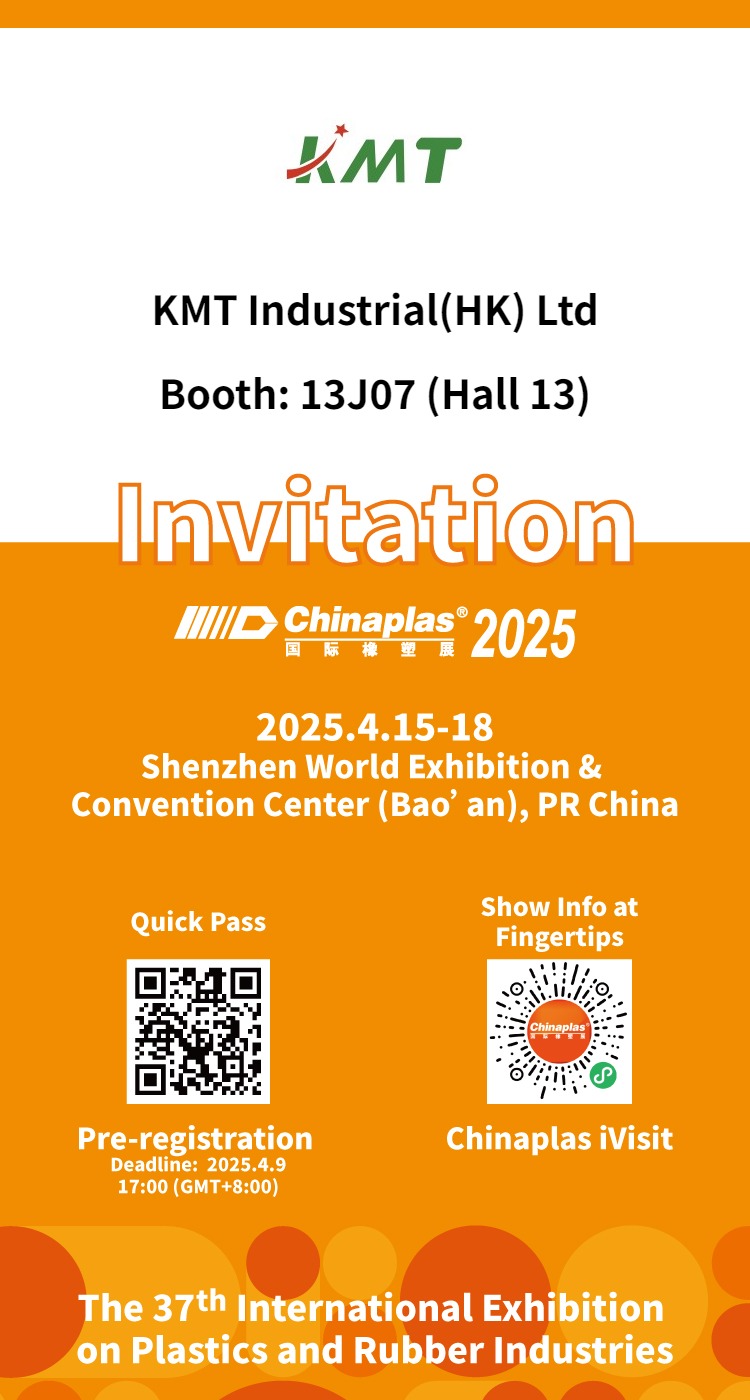


- Home
- About Us
-
Products
.png)
-
Application
.png)
-
Blog
.png)
- Contact us


Top 5 Methods for Powder Surface Modification
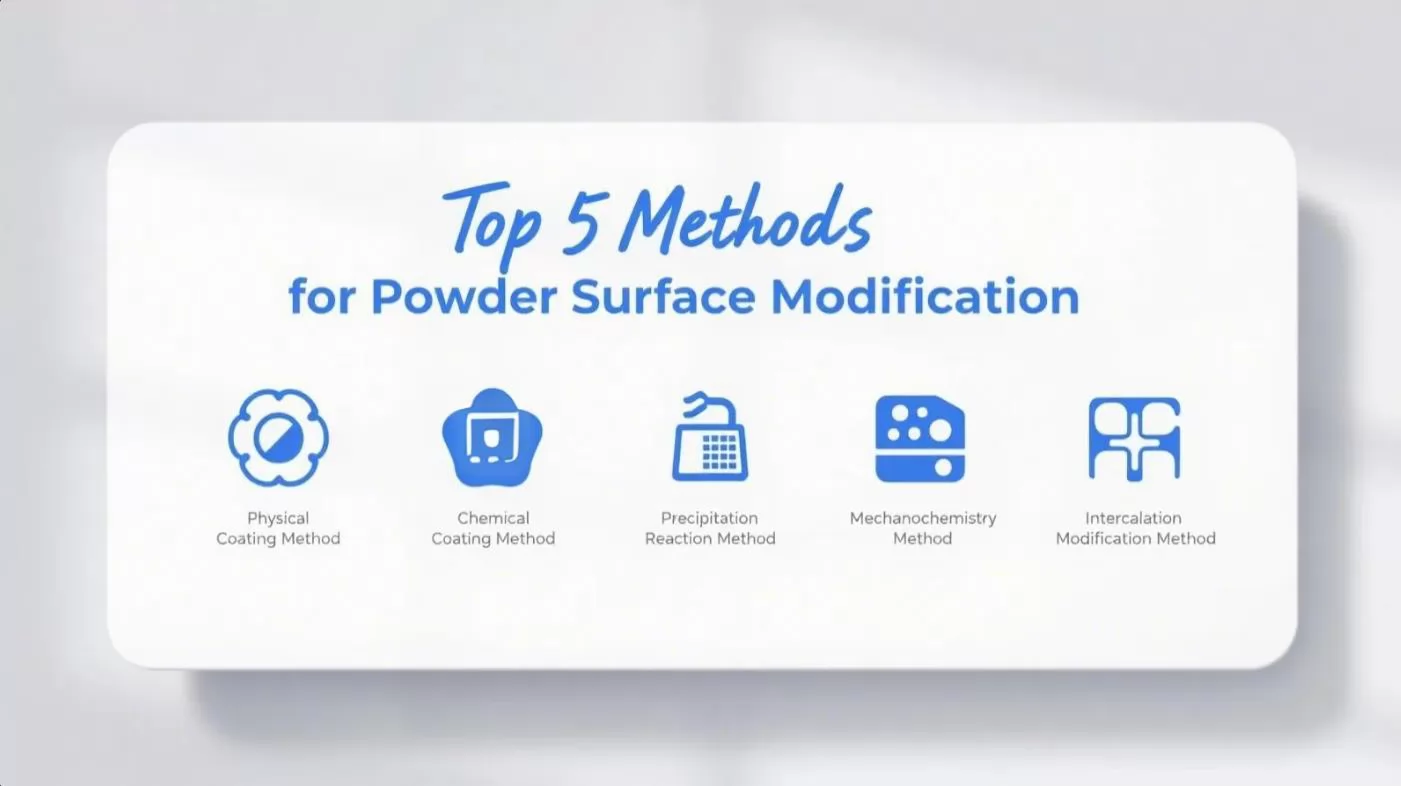
Table of Contents
- 1. Physical Coating Method
- 2. Chemical Coating Method
- 3. Precipitation Reaction Method
- 4. Mechanochemistry Method
- 5. Intercalation Modification Method
- Comparison of Modification Methods
- Conclusion
Powder surface modification is a critical technology that transforms the performance of raw materials across industries. By enhancing surface characteristics, these methods improve compatibility, functionality, and durability of powders used in plastics, coatings, ceramics, and other applications.
This article introduces five effective techniques of powder surface modification, detailing their mechanisms, applications, and the key factors that influence their success.
1. Physical Coating Method
The physical coating method involves the application of a polymer or resin onto the surface of powder particles. It’s typically divided into two techniques: cold coating and hot coating.
This approach is widely used for materials like foundry sand and silica sand, where improved fluidity and compatibility are essential.
Main influencing factors include:
- Particle shape and specific surface area
- Porosity of the powder
- Type and dosage of coating agent
- Coating conditions (temperature, time, mixing method)
Common modifiers: phenolic resin, high polymers, furan resin.
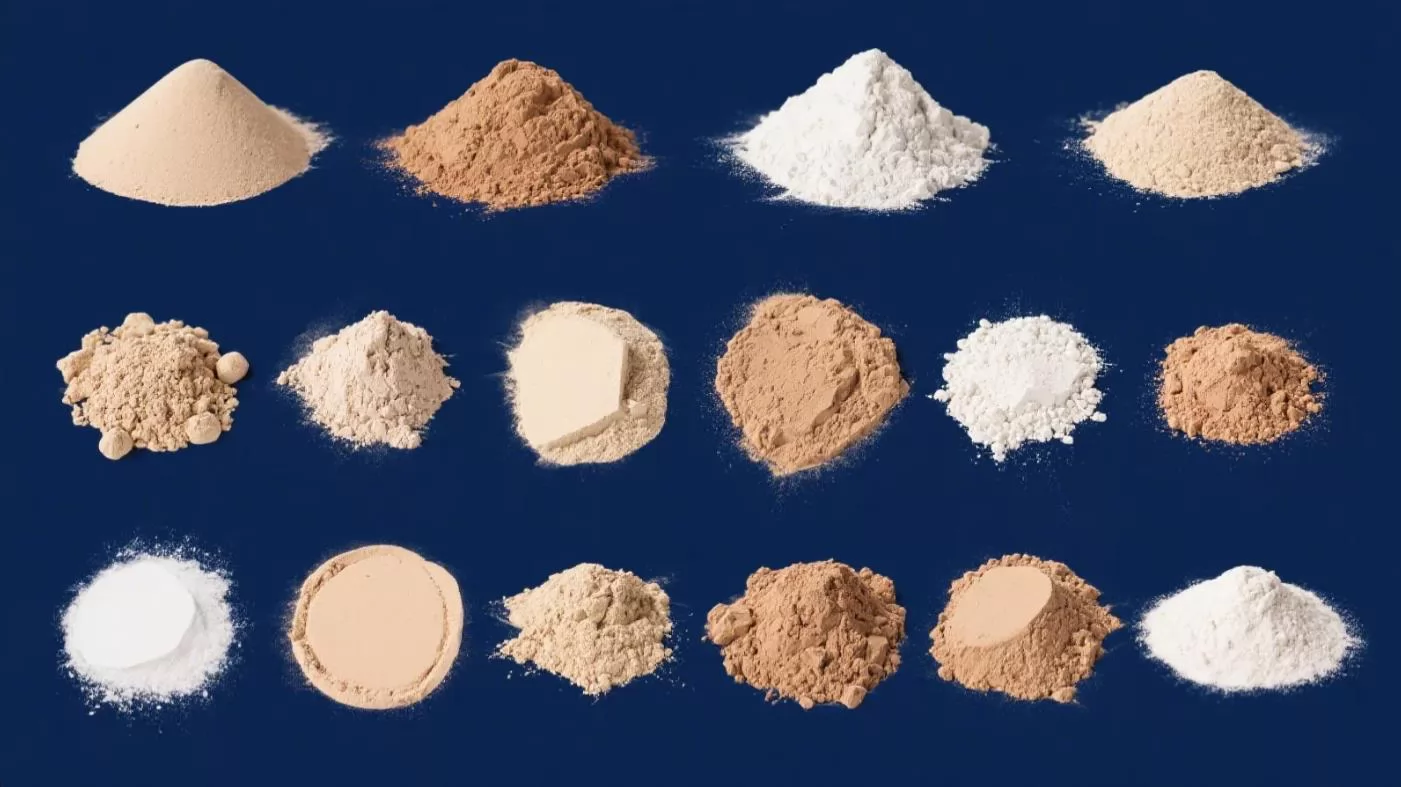
2. Chemical Coating Method
This method involves a chemical reaction or adsorption process between organic modifiers and the surface of the powder. It can be done through dry or wet techniques, depending on the solubility and reactivity of the modifier used.
Besides enhancing surface functional groups, this method also enables radical reactions, chelation, and sol adsorption, which provide specific surface characteristics.
Typical modifiers include:
- Silane coupling agents
- Titanates and aluminates
- Fatty acids and surfactants
- Organic polymers and phosphoric acid esters
Applied to a wide variety of powders such as quartz sand, talc, bentonite, mica, alumina, and titanium dioxide.
Key influencing factors: surface activity, chemical structure, dosage, and environmental conditions during modification.

3. Precipitation Reaction Method
This technique uses inorganic compounds to precipitate onto the surface of powder particles, forming a functional coating. It significantly enhances physical properties such as tinting power, luster, thermal resistance, and electrical conductivity.
Applicable materials: titanium dioxide, mica, and alumina. Modifiers include metal oxides, hydroxides, and related salts.
Influencing factors:
- Particle size and morphology
- Surface charge and functional groups
- Reaction pH, temperature, and time
- Post-treatment processes such as washing and drying
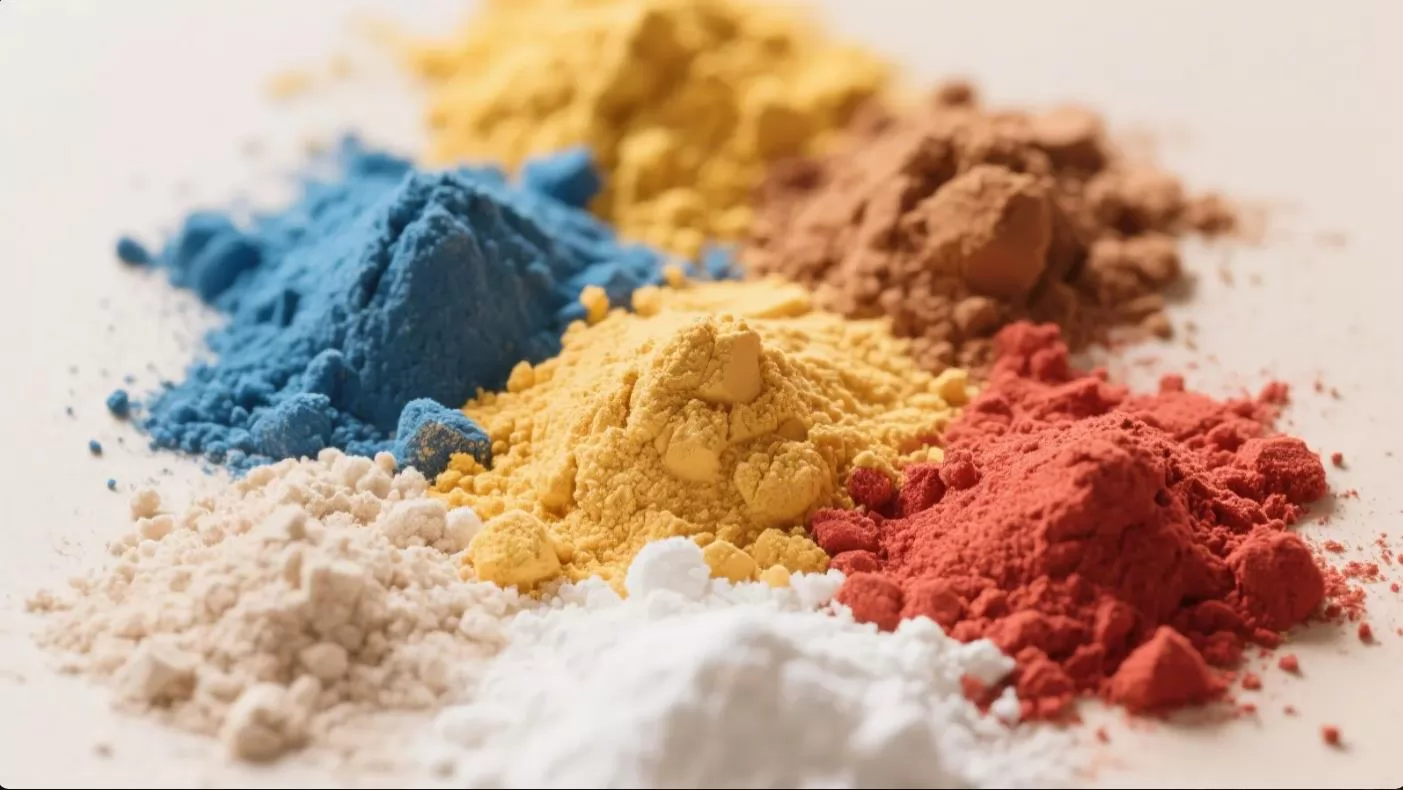
4. Mechanochemistry Method
This method applies mechanical force, such as grinding or milling, to alter the structure and activity of powder particles. It activates the surface by increasing the number of reactive sites, sometimes leading to amorphization.
Common equipment includes ball mills, jet mills, and high-speed impact mills. This technique is often used with powders like kaolin, mica, and wollastonite.
Key parameters to control:
- Milling time and energy input
- Dry or wet conditions
- Addition of dispersants or grinding aids
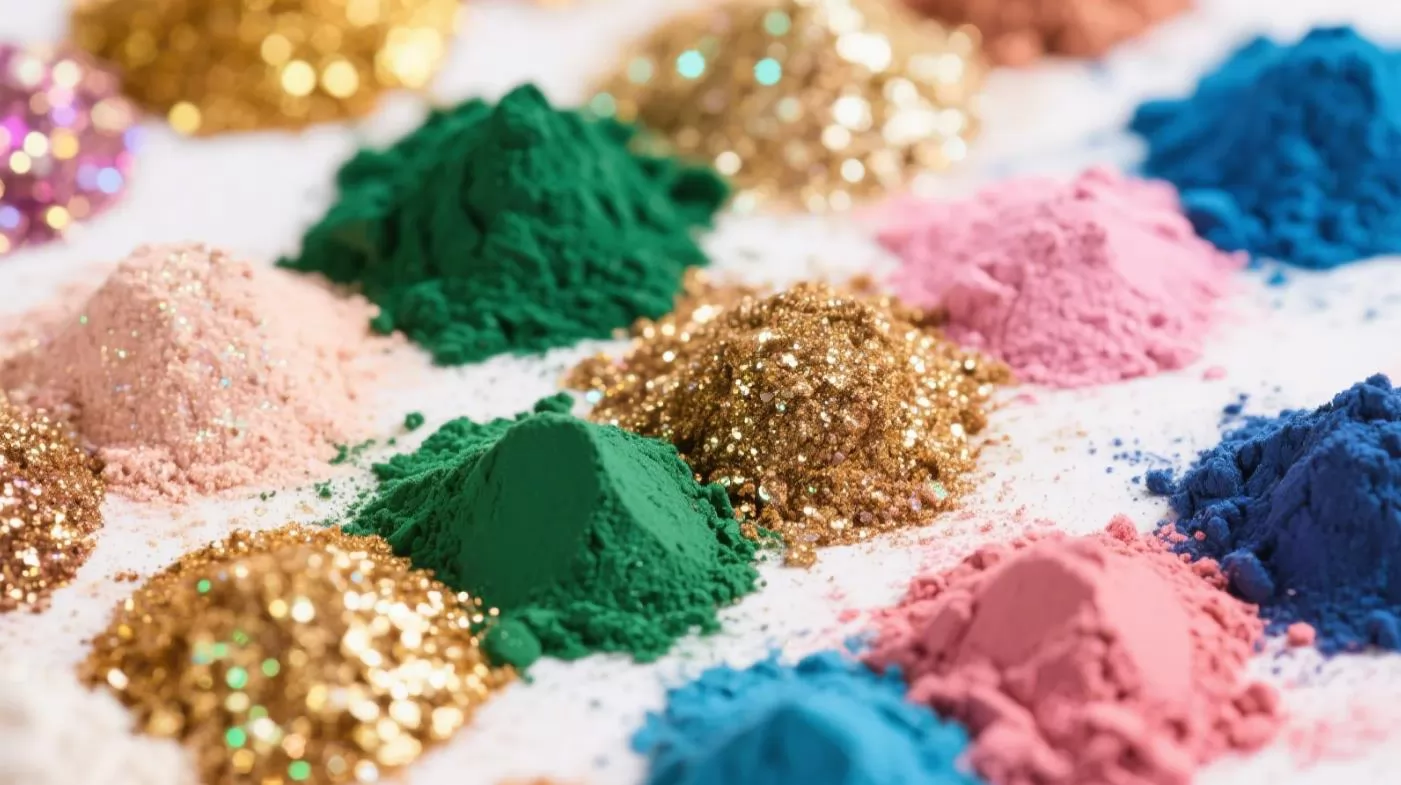
5. Intercalation Modification Method
This technique targets powders with a layered crystal structure. By introducing intercalating agents into the space between layers, this method modifies surface energy and ion exchange properties.
Commonly used with minerals like graphite, kaolin, and vermiculite. Modifiers include quaternary ammonium salts, amino acids, and polymers.
Factors influencing intercalation efficiency:
- Layer spacing and crystal structure
- Type and concentration of intercalating agent
- Temperature and pH of reaction environment
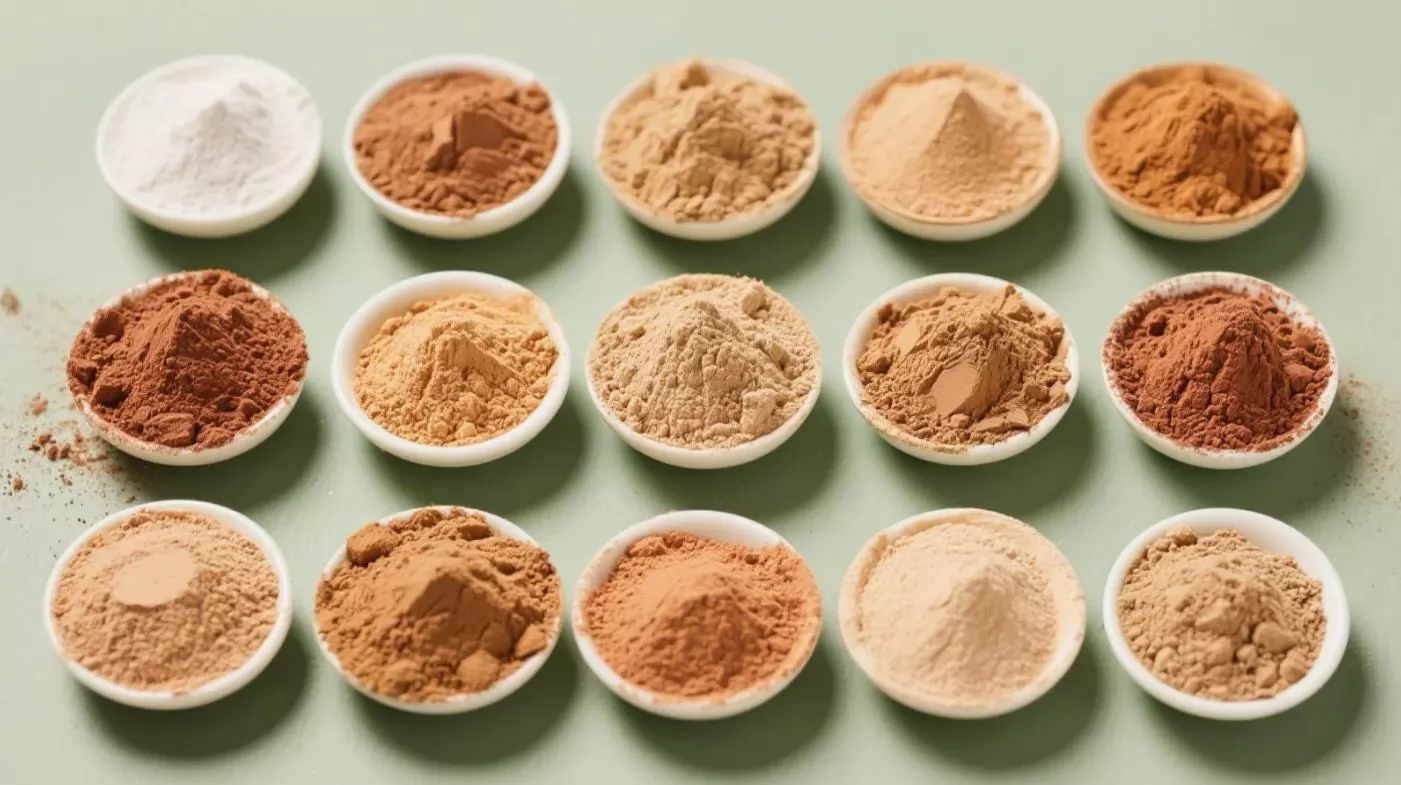
Comparison of Modification Methods
Summary of key attributes:
- Physical Coating: Simple application; enhances flow and compatibility
- Chemical Coating: Strong bonding; improves functionality and dispersion
- Precipitation Reaction: Inorganic layering; increases optical and thermal properties
- Mechanochemistry: Mechanical activation; enhances reactivity
- Intercalation: Structural modification; improves ion exchange and adsorption
| Method | Core Principle | Modifiers Used | Typical Materials | Main Advantages | Key Limitations |
|---|---|---|---|---|---|
| Physical Coating | Forms a surface film by coating powder particles with resin or polymer | Phenolic resin, high polymer, furan resin | Foundry sand, silica sand | Simple process, improves flowability and dispersion | Weak bonding, may wear off under stress |
| Chemical Coating | Uses chemical bonding or adsorption between modifiers and powder surfaces | Silane, titanate, aluminate, fatty acids, surfactants | Quartz, calcium carbonate, kaolin, talc, mica | Strong surface compatibility, good functional control | More complex, sensitive to moisture and pH |
| Precipitation Reaction | Deposits inorganic layers through solution precipitation | Metal oxides, hydroxides, inorganic salts | Titanium dioxide, pearl mica, alumina | Enhances optical, thermal, and durability features | Requires strict process control, multi-step post-treatment |
| Mechanochemistry | Applies mechanical energy to activate powder surface | Grinding aids, dispersants, mechanical energy | Kaolin, mica, wollastonite, talc | Increases surface energy and reactivity | May cause particle damage or unwanted phase changes |
| Intercalation | Inserts intercalating agents between layers of structured minerals | Quaternary ammonium salts, polymers, amino acids | Kaolin, graphite, hydrotalcite, vermiculite | Improves adsorption, ion exchange, and surface properties | Limited to layered materials, complex modifier handling |
Conclusion
Powder surface modification is a vital technology that supports the advancement of modern materials. By selecting the appropriate method—based on powder type, desired performance, and application—industries can significantly improve product reliability and efficiency.
Your Name*
Your Email*
-
2025-Apr-18Top 5 Methods for Powder Surface ModificationDiscover the top 5 powder surface modification methods—physical, chemical, precipitation, mechanochemistry, and intercalation. Boost performance in plastics, coatings, and ceramics!
-
2025-Apr-17Fiber to the Home (FTTH) Drop Cable: Your Guide to Next-Generation ConnectivityDiscover FTTH drop cables: types, benefits, and installation tips. KMT Industrial supplies premium raw materials for high-performance cables. Visit us!
-
2025-Apr-14Different Grade of Aluminum Hydroxide Mechanical Property CompareCompare mechanical properties of aluminum hydroxide grades (KMT-1, Albemarle 40CD, Martin 104L) in halogen-free flame-retardant EVA composites. Explore tensile strength, elongation, and LOI.


-

 +86-931-7653361
+86-931-7653361 Room 1212, 1213, Jinhe Building, No. 1264 Beibinhe West Road, Anning District, Lanzhou City, Gansu Province, China.
Room 1212, 1213, Jinhe Building, No. 1264 Beibinhe West Road, Anning District, Lanzhou City, Gansu Province, China. -
Quick Links
-
Products





